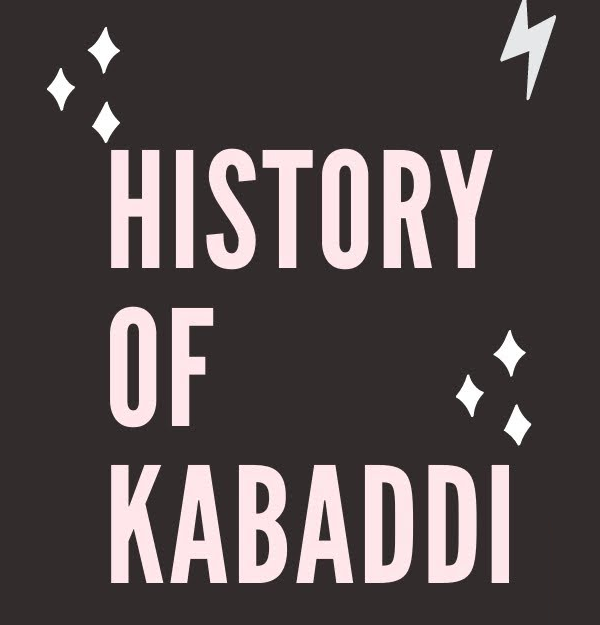History Of kabaddi
The game originated some 5,000 years ago in India and is played in over 50 countries worldwide including Malaysia, Japan, Korea, and China. Locally the game is more commonly known as Sadu Gudu, and variations of the game include Main Acah and Galah Panjang.
The game is commonly played on any flat surface including field and clay courts. Internationally the game is now played on EVA foam mats. Kabaddi was a demonstration sport at the 1936 Berlin Olympics and was also introduced as a demonstration sport at the 2003 Afro Asian Games. It has been a medal sport at the Asian Games since 1990 and has been included in the Asian Indoor Games and the Asian Beach Games


Kabaddi & Mahabharata
There is another event in the Mahabharata that illustrates that Kabaddi even though it sounds a little far fetched
The ancient Indian epic Mahabharata describes the battle between the Pandavas and the Cauravas and how Abimanyu managed to penetrate the Cauravas seven-tiered defence but died because he did not know the way out. Legend has it that as an unborn child in his mother’s womb, Abhimanyu learned the knowledge of entering the deadly and virtually impenetrable seven-tiered defence called Chakravyuha.
It is said that Lord Krishna tutored Abhimanyu’s father Arjuna the technique of attacking and escaping from various army formations. And as a fetus in his mother Subadhra Devi’s womb, Abhimanyu is said to have absorbed all the words of wisdom from Krishna. It is also said that Subadhra Devi decided to retire when Krishna was explaining the method of escaping from the Chakravyuha. Thus, Abhimanyu never got the chance to learn how to escape the Chakravyuha.
Buddha played Kabaddi
Buddhist literature also mentions Gautama Buddha playing kabaddi with his peers. For those of you who have not seen Bernardo Bertolucci’s 1993 movie Little Buddha starring Keanu Reeves, trying to get a copy and you can catch a scene showing Buddha playing kabaddi. The extras in the scene were Nepalese kabaddi players and officials, who still talk about it fondly.
Kabaddi originated in India some 5,000 years ago. It is one of the select traditional sports that has grown in stature as a mainstream sport.
Kabaddi is a sport so basic that it needs no equipment or special skills to start playing. It takes just 30 minutes for anyone to learn how to play the game although mastering it takes years.
Scottish Kabaddi is part of a worldwide effort to promote the sport of Kabaddi and the cultural history that is part of the sport. Efforts to promote and develop Kabaddi are being carried out through the regional bodies namely Kabaddi Africa, Kabaddi Asia, Kabaddi Europe, Kabaddi Oceania, and Kabaddi Pan America.
Kabaddi Today
Kabaddi is the fastest-growing sport in South Asia and has seen previous results from similar events that would suggest a sizeable potential viewership for the sport on an international scale.
Taking statistics from the Pro Kabaddi League, this event saw a collective one billion viewership across its 2014 and 2019 seasons alone. Additionally, the PKL season in 2019 registered 1.2 billion social media impressions, showcasing the relative size of the Kabaddi fan base already established globally, which should be a partial focus for targeting the event through partnerships.
This audience was predominantly South Asian, providing an opportunity to tap into the collective Asian community within the UK, which accounts for over 5.5 million people in the UK
There are 12 Kabaddi teams in the UK under the BKL banner and a host of British University teams.
Kabaddi Worldwide Popularity
- Kabaddi is the most popular sport after cricket in South Asia.
- Kabaddi has been part of the Asian Games since 1990, and efforts are being made to
- include it in other continental Games.
- Kabaddi is a contact sport that is fast, exciting and entertaining for both the
- players and spectators. Except for the playing mats, kabaddi requires no
- other equipment for competitions.
- Kabaddi has a strong attraction among all demographics –age, gender, income groups, etc
- Television ratings for the South Asian game have been only second to cricket.


